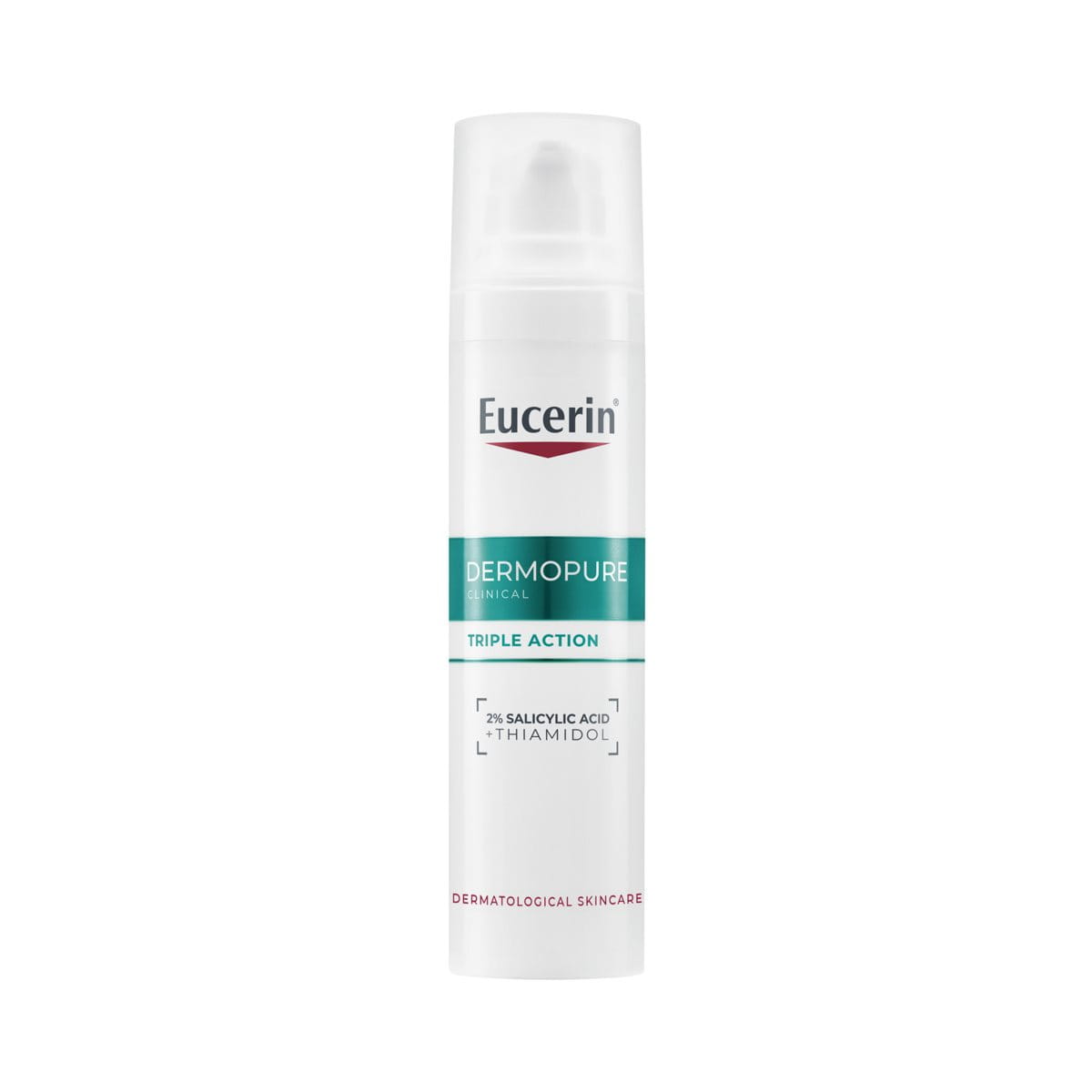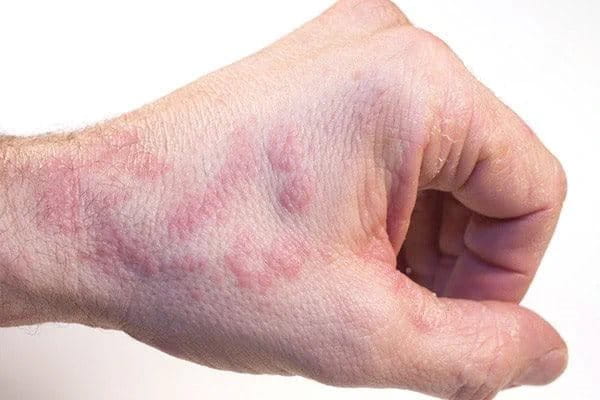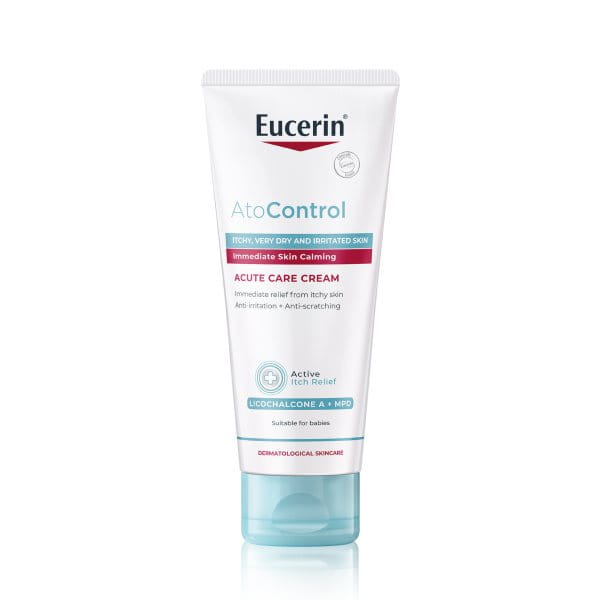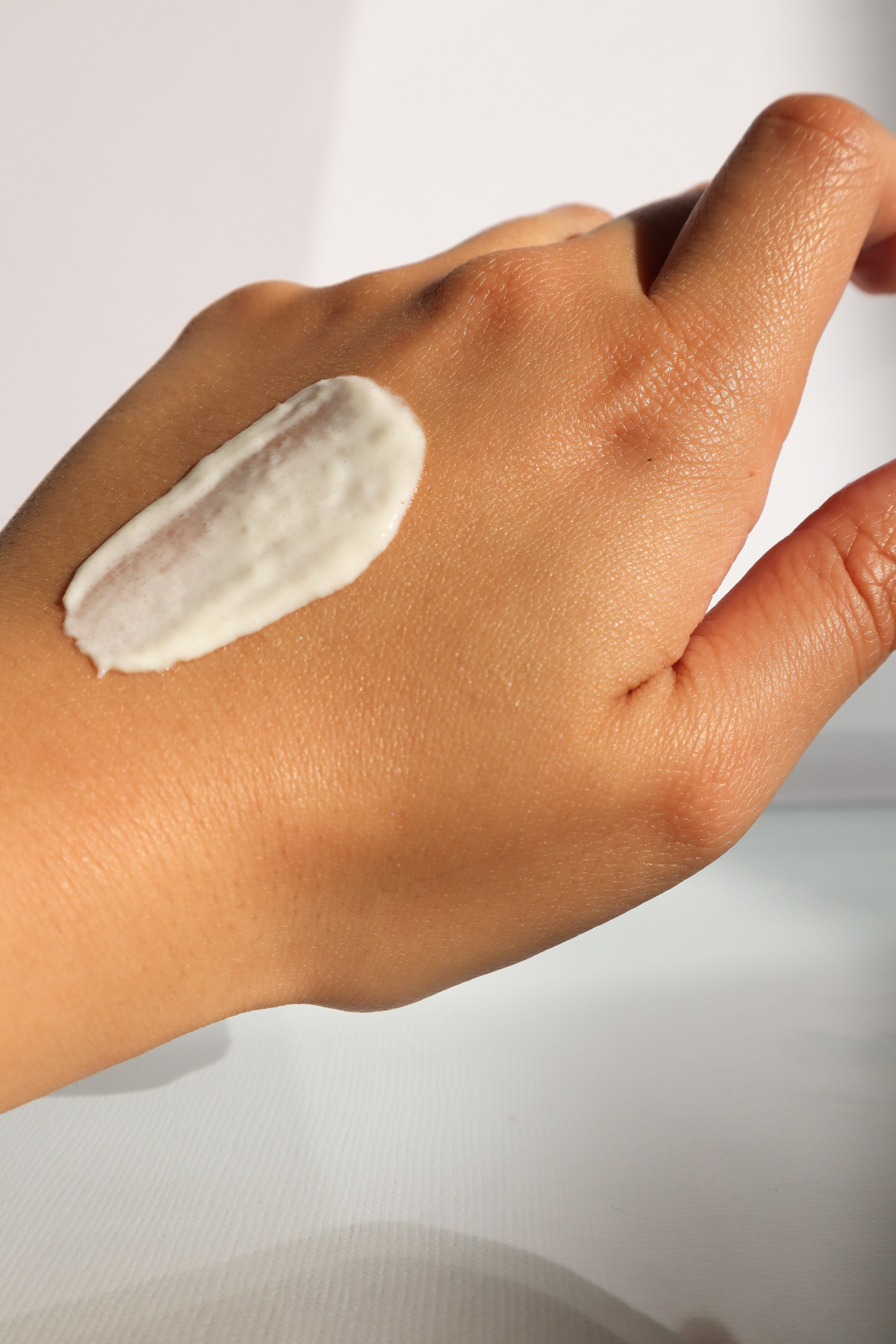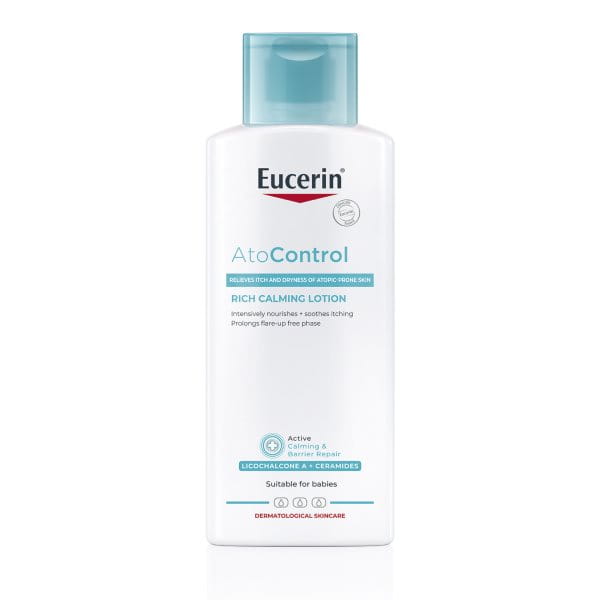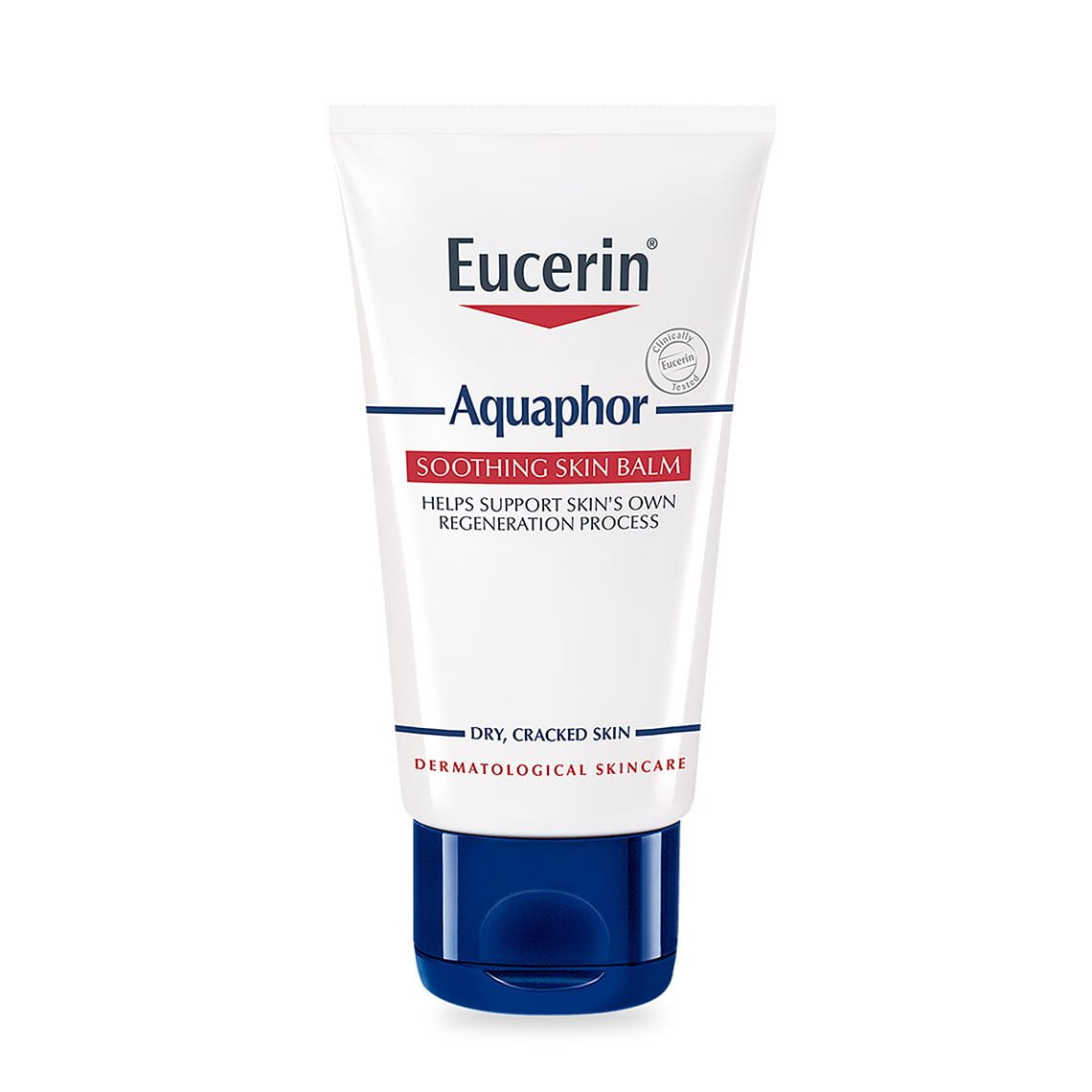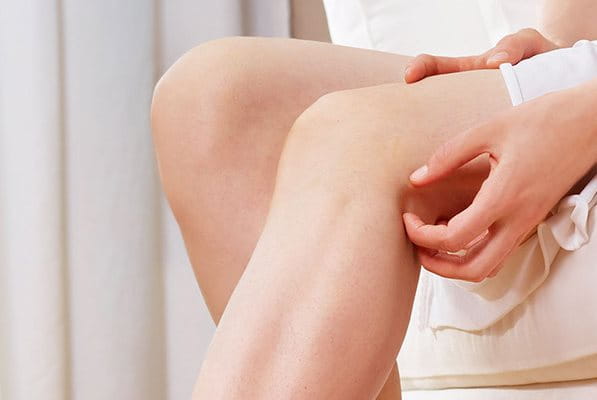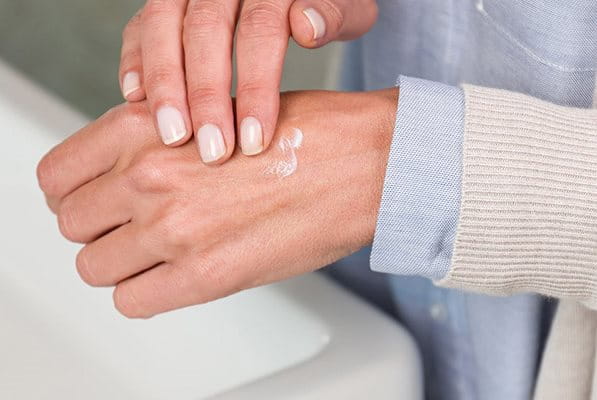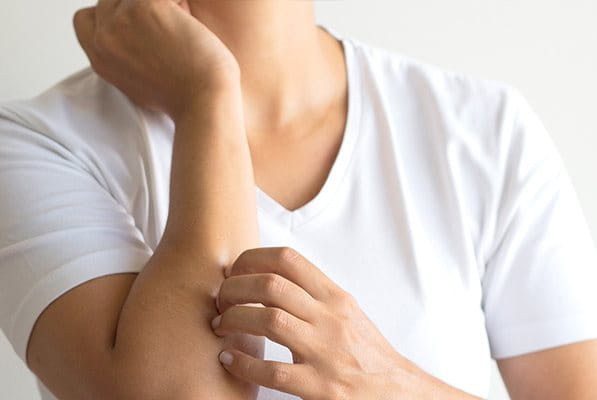Published: November 2022
Last Reviewed: August 2025
Dyshidrotic eczema is a common skin condition that causes small, itchy blisters on the fingers, hands and feet. While the exact cause is unknown, it often affects people who have another form of eczema or a family history of the condition.
In this article, we’ll cover the main symptoms of dyshidrotic eczema, potential triggers and causes, and the most effective treatment options available.

